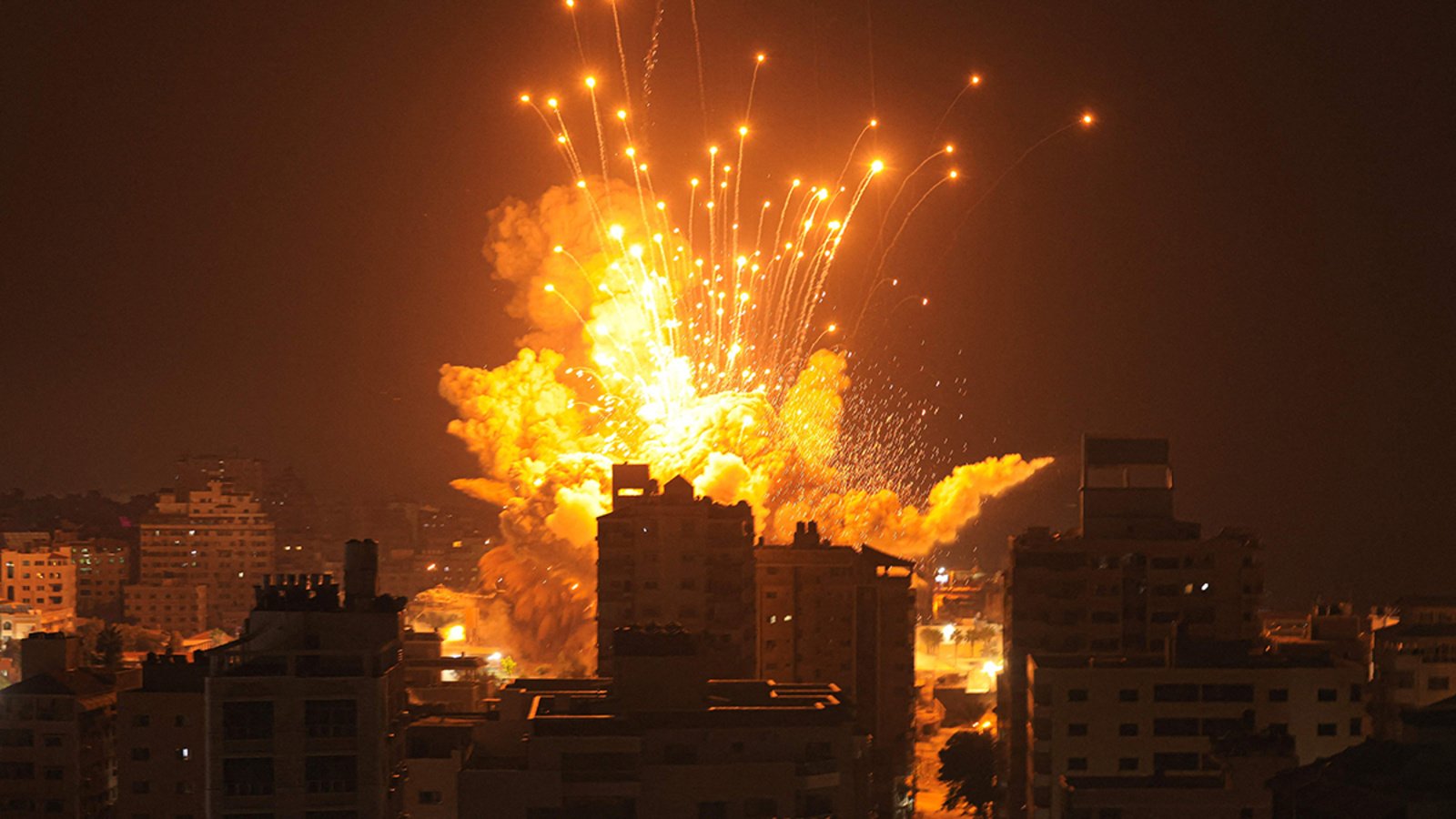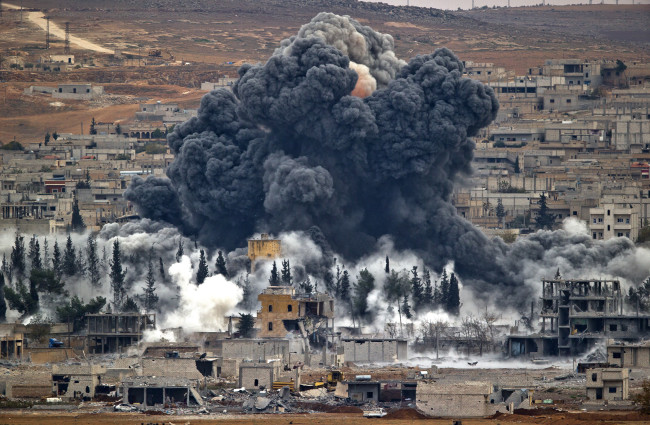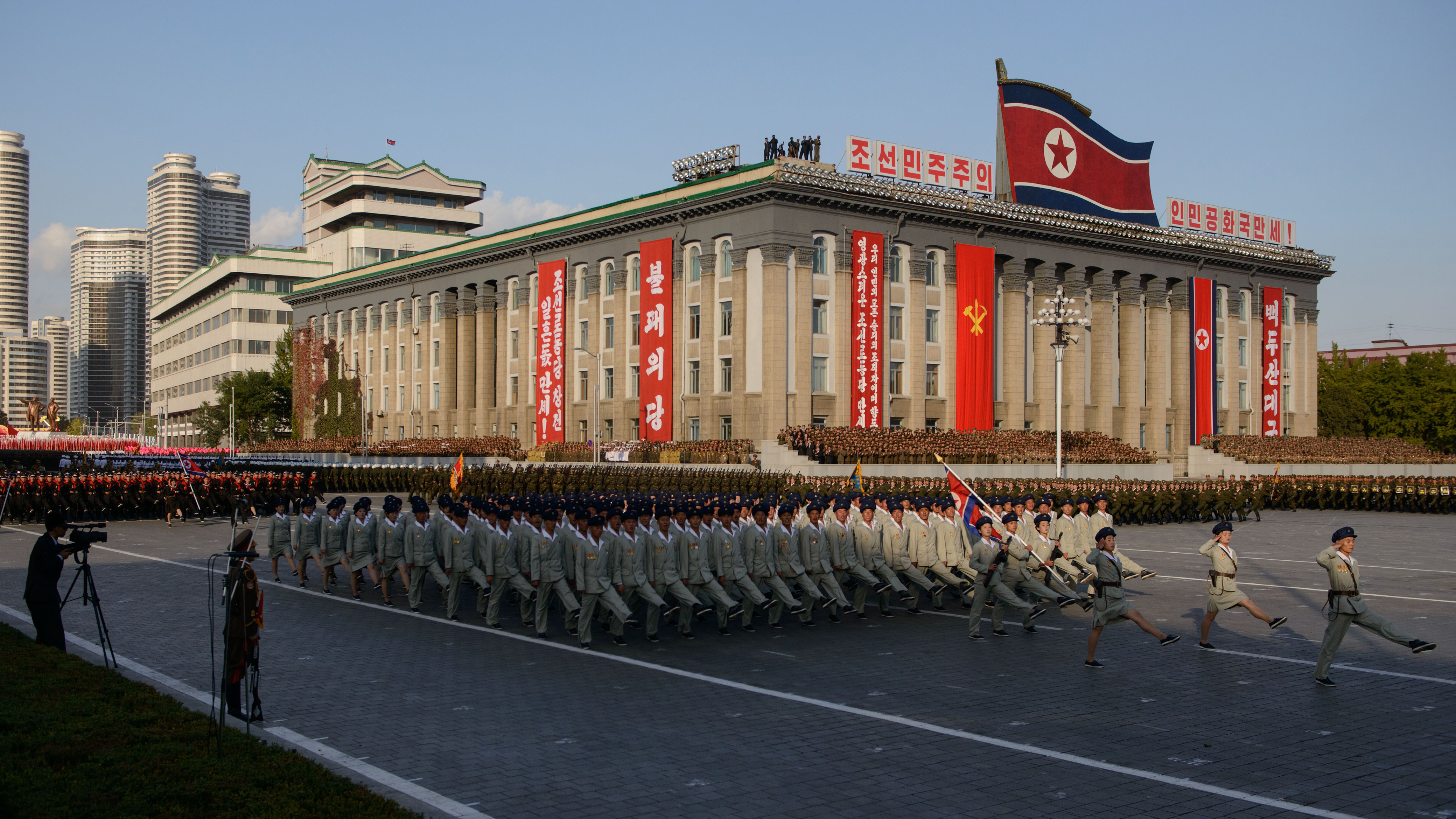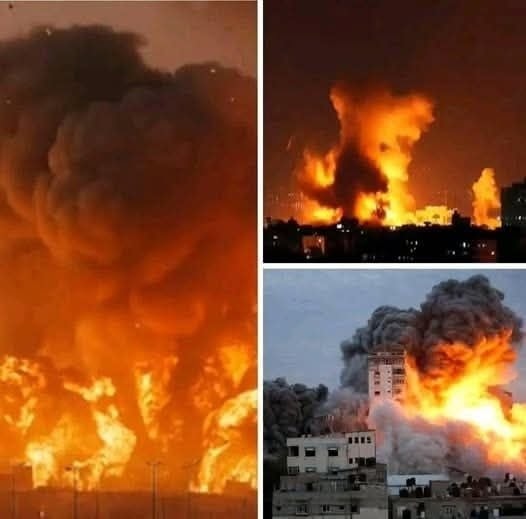How Close Is the World to a Major Global Conflict?
Rising geopolitical tensions across Europe, the Middle East, and the Indo-Pacific have prompted increased debate about whether the world is edging toward a wider conflict. While most experts agree a global war is neither inevitable nor imminent, a growing number of strategic flashpoints have raised the stakes in international affairs. Each region carries its own risks, shaped not only by military capabilities but also by political miscalculations, strained alliances, and heightened uncertainty.
Russia and Europe: Persistent Tensions at NATO’s Eastern Flank

For more than two years, the conflict between Russia and Ukraine has remained a central focus of European security concerns. Although Moscow has signaled occasional openness to negotiation, progress toward peace has stalled. Russian forces continue limited advances, while long-range drone strikes into Ukrainian territory have become frequent.
European governments have taken increasing notice of airspace violations near NATO borders. Incidents involving Russian aircraft entering or approaching the airspace of Estonia, Poland, and Romania have drawn firm responses from NATO officials, who describe them as part of a broader pattern of risky behavior. While these incidents have not resulted in direct confrontation, they underline the potential for misinterpretation during high-tension moments.
Several countries along NATO’s eastern border—including Estonia, Latvia, Lithuania, Poland, and Finland—have begun reassessing their national defense postures. Some have chosen to withdraw from older security treaties, such as the anti-landmine convention, citing the need to prepare more flexible defensive strategies. Other regional initiatives, including the redevelopment of natural defensive barriers along the Baltic frontier, indicate a shift toward long-term security planning.
A separate point of concern involves Russia’s ongoing development of advanced missile systems. Russian officials have highlighted tests of hypersonic and nuclear-powered cruise missiles, presenting them as technological milestones. Independent analysts note that these weapons may extend Russia’s ability to project power, though many details about their capabilities remain classified or uncertain. Western governments continue to monitor these developments while emphasizing the importance of avoiding escalation.
Despite the increased friction, most European policymakers and security scholars argue that a deliberate full-scale invasion of NATO territory remains unlikely. Instead, they caution that limited provocations or ambiguous actions could test alliance unity. These situations, if misinterpreted, could heighten risk even without intentional aggression. Maintaining clear communication channels and reinforcing diplomatic coordination remain key goals for NATO members.
The Middle East: Fragile Ceasefires and Shifting Strategic Calculations

In the Middle East, efforts to stabilize the region have faced significant obstacles. Although ceasefires and negotiations have intermittently paused fighting, underlying tensions between Israel, Palestinian factions, and regional powers persist. Diplomatic initiatives led by the United States and other international actors continue, but progress remains fragile.
The relationship between Israel and Iran remains one of the most watched dynamics in global security discussions. Earlier in the year, exchanges of military strikes raised fears of a broader confrontation. While both sides ultimately stepped back from escalation, analysts note that the situation highlighted how quickly events can shift. Iran’s nuclear program remains a central concern. International organizations have reported that enrichment levels and stockpiles require ongoing monitoring, and diplomatic engagement has been inconsistent.
Meanwhile, regional alliances are undergoing change. Several non-state groups—historically supported in varying degrees by Iran—have experienced reduced influence due to local political developments or internal shifts. This has encouraged new strategic debates within Tehran, particularly regarding deterrence and regional posture.
For the United States, the objective continues to be promoting regional stability and preventing a conflict that could draw in multiple global powers. Diplomatic channels remain active, but long-term solutions remain challenging. Although tensions may flare intermittently, many Middle East specialists emphasize that broader regional interests favor maintaining stability rather than pursuing escalation.
China and the Indo-Pacific: The Strategic Importance of Taiwan

The relationship between China, Taiwan, and the United States is often cited by analysts as one of the most consequential strategic challenges of the coming decade. While a large-scale military conflict is not seen as unavoidable, increasing military activities in the region—combined with political tensions—have raised the risk of misunderstandings.
Beijing views Taiwan as part of its territory and has repeatedly expressed opposition to foreign involvement in Taiwan’s defense. The United States, meanwhile, continues to maintain a policy of supporting Taiwan’s self-defense, including through arms sales and diplomatic engagement. This overlapping set of commitments creates a sensitive balance that requires careful management.
In recent years, the People’s Liberation Army has conducted military exercises near Taiwan and in surrounding waters. These exercises have included naval maneuvers, joint air drills, and amphibious landing simulations. Analysts view many of these activities as signaling operations rather than indicators of imminent action. However, they also reflect China’s broader ambition to modernize its military capabilities.
Additional developments—such as Chinese naval exercises near Australia and increased activity in the South China Sea—illustrate the wider geographic scope of Beijing’s strategic posture. Meanwhile, China’s growing nuclear arsenal has drawn attention from defense analysts, who continue to evaluate how shifts in nuclear balances may affect global stability.
Despite concerns, many experts caution against assuming a fixed timeline for conflict. Predictions about specific invasion years often rely on symbolic milestones rather than clear evidence. What remains certain is that the region will continue to require careful diplomacy, crisis management, and open communication to prevent miscalculation.
North Korea: Advancing Capabilities Amid Diplomatic Stalemate

North Korea continues to expand its missile and nuclear programs. Over the past several years, the country has tested a range of weapons, including long-range ballistic missiles and new naval systems. State media has also highlighted the development of military platforms capable of launching nuclear-capable missiles from the sea.
Diplomatic efforts aimed at reducing tensions have stalled, with little progress since earlier negotiation attempts. North Korea has strengthened ties with Russia, and reports indicate various forms of cooperation between the two countries. Analysts note that such relationships could shape regional dynamics in uncertain ways, depending on political developments.
Along the Korean Peninsula, military postures remain tense. Occasional incidents along the demilitarized zone—including warning shots or minor crossings—illustrate the fragility of stability. While these events do not necessarily indicate an impending conflict, they underscore the importance of communication channels between Seoul, Pyongyang, and allied governments.
Some scholars emphasize that North Korea’s strategic decisions are likely influenced by its broader geopolitical environment, including its relationships with China and Russia. This interconnectedness means that regional tensions can ripple outward, affecting calculations in neighboring states.
A World of Multiple Flashpoints, Not an Inevitable Global War
Although several regions experience elevated tension, experts widely agree that a global conflict similar to the world wars of the 20th century remains unlikely. Modern states are deeply interconnected economically and politically, giving governments strong incentives to avoid large-scale war. International organizations, defense treaties, and diplomatic institutions continue to serve as stabilizing forces.
However, the risk of miscalculation remains a recurring concern. Complex military technologies, cyber capabilities, and rapid escalation cycles can create dangerous situations even without deliberate intent. This is why analysts consistently stress the need for dialogue, risk-reduction mechanisms, and transparent communication between major powers.
The world today faces a series of overlapping pressures: geopolitical rivalry, economic competition, evolving military technology, and regional disputes rooted in decades of political history. While none of these factors guarantee conflict, they require sustained attention and cooperation to manage effectively.
Global security depends not only on military strength but also on diplomacy, crisis management, and the collective will to prevent small incidents from becoming larger confrontations. The future remains uncertain, but careful statecraft and international engagement remain essential tools for maintaining peace.
Sources
-
NATO – Official Statements on Airspace Violations
-
BBC News – Reporting on Russia, China, and Global Security
-
The Guardian – Coverage of Geopolitical Tensions and Military Developments
-
Reuters – International Security and Diplomacy Reporting
-
The Economist – Global Strategic Analysis
-
United Nations – Security Council Briefings on Global Conflict Risks
-
International Institute for Strategic Studies (IISS) – Annual Military Balance Reports
